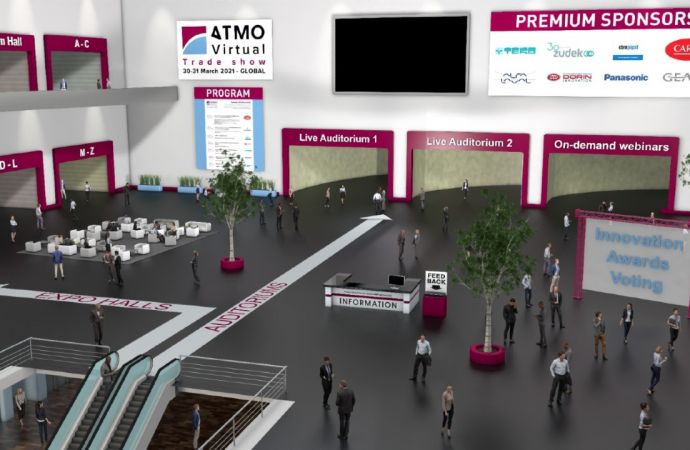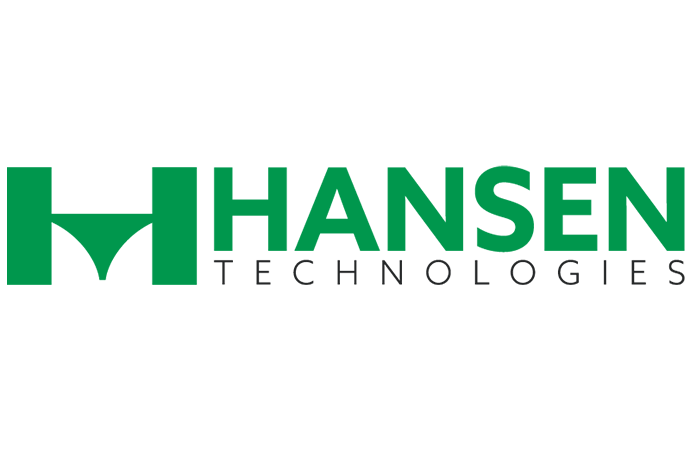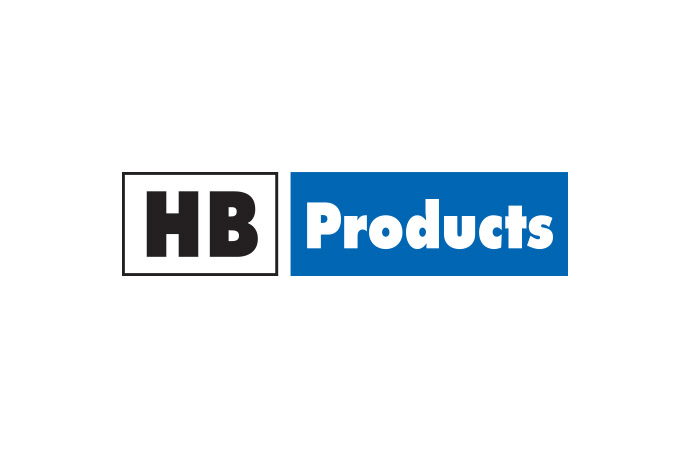The Montreal Protocol was a wake up call for Nestlé, with company experts understanding very quickly the opportunity to go directly to natural refrigerants, according to a presentation at a seminar held in Geneva ahead of the 24th Meeting of the Parties to the Montreal Protocol. Today the company is more than 90% natural in industrial refrigeration globally and is working together with other members of the Consumer Goods Forum to address the barriers to wide scale adoption of m

About 200 participants including climate negotiators from across the world, atmospheric scientists, industry players and NGOs gathered in Geneva, Switzerland on 11 November 2012 for a seminar on the theme “protecting our atmosphere for generations to come”. The seminar provided the opportunity to remember all that has been achieved under the ozone treaties and the lessons that could be learned and applied when responding to other environmental threats, including climate change.
Advanced deployment of natural industrial refrigeration; field tests & controlled deployment for sales & distribution
“Nestlé experts understood very quickly, very early the opportunity to go directly to natural refrigerants, and do three in one, that is get rid of ozone depleting substances, also improve the efficiency of our plants and address the global warming issue”, said Mr Paul Homsy, Head of Refrigeration and Hygienic Air Handling, Nestlé at the opening of this presentation.
In this context, Mr Homsy presented Nestlé’s refrigeration strategy, which has been divided to:
Nestlé is today 90-92% natural in industrial refrigeration globally
Nestlé is therefore above 90% natural in industrial refrigeration and in particular:
The presenter provided snapshots on projects with natural refrigerants technologies implemented across the world:
Addressing the barriers to wide adoption of climate-friendly refrigeration - What needs to be done?
Talking also on behalf of the Consumer Goods Forum, the presenter made reference to the Consumers Good Forum’s (CGF) Refrigeration Resolution of December 2010, whereby Nestlé and other companies have pledged to “mobilize resources within our respective businesses to begin phasing-out HFC refrigerants as of 2015 and replace them with non-HFC refrigerants (natural refrigerant alternatives) where these are legally allowed and available for new purchases of point-of-sale units and large refrigeration installations”. With the same Resolution, CGF members also pledged to work to overcome the barriers to wide scale adoption of more climate-friendly refrigeration, namely legislative restrictions in some markets, availability, cost, safety, maintenance and servicing.
Several things needs to be done to overcome these barriers, in terms of:
Public Commitments
Driving Scale
Remove Barriers
Legislation
Advanced deployment of natural industrial refrigeration; field tests & controlled deployment for sales & distribution
“Nestlé experts understood very quickly, very early the opportunity to go directly to natural refrigerants, and do three in one, that is get rid of ozone depleting substances, also improve the efficiency of our plants and address the global warming issue”, said Mr Paul Homsy, Head of Refrigeration and Hygienic Air Handling, Nestlé at the opening of this presentation.
In this context, Mr Homsy presented Nestlé’s refrigeration strategy, which has been divided to:
- Industrial refrigeration for all facilities (factories, office buildings, R&D, data centres, distribution...) which represents > 90% of Nestlé’ś refrigerants use: for positive temperatures (e.g. chocolate) the company has opted for the use of low charge ammonia package water chillers, while for negative temperatures (e.g. ice cream) it uses cascade CO2/ammonia. The deployment in this area is well advanced.
- Commercial refrigeration for sales & distribution, representing <10% of Nestlé refrigerants use: The company is carrying out field tests and controlled deployment where conditions allow and is looking at three options, namely hydrocarbons, Stirling and CO2. It has also carried out extensive hydrocarbon ignition tests, with results to be published in the International Journal of Refrigeration article titled “Quantitative Risk Assessment of R290 in ice cream freezers”.
Nestlé is today 90-92% natural in industrial refrigeration globally
Nestlé is therefore above 90% natural in industrial refrigeration and in particular:
- Europe: 91% natural
- Americas: 95% natural
- Asia, Oceania, Africa: 84% natural
The presenter provided snapshots on projects with natural refrigerants technologies implemented across the world:
- Japan: Early R22 phase-out at large industrial plant in Shimada, that was converted to CO2/ammonia
- Thailand: On-going extension and early R22 phase-out in Bangchan ice cream factory, converted to CO2/ammonia
- Tunisia, Angola, and Zimbabwe: In Africa, the company is deploying HFC-free air conditioning, using ‘plug & play’ low ammonia charge water chillers (100 kW cooling, 5 kg NH3)
- HFC-free Nestlé shop inaugurated in early November, with CO2 unit catering for low temperature and positive temperatures
Addressing the barriers to wide adoption of climate-friendly refrigeration - What needs to be done?
Talking also on behalf of the Consumer Goods Forum, the presenter made reference to the Consumers Good Forum’s (CGF) Refrigeration Resolution of December 2010, whereby Nestlé and other companies have pledged to “mobilize resources within our respective businesses to begin phasing-out HFC refrigerants as of 2015 and replace them with non-HFC refrigerants (natural refrigerant alternatives) where these are legally allowed and available for new purchases of point-of-sale units and large refrigeration installations”. With the same Resolution, CGF members also pledged to work to overcome the barriers to wide scale adoption of more climate-friendly refrigeration, namely legislative restrictions in some markets, availability, cost, safety, maintenance and servicing.
Several things needs to be done to overcome these barriers, in terms of:
Public Commitments
- CGF Board Members to make a clear public commitment (where relevant)
Driving Scale
- Continue work to encourage the development of scale in the industry
- Organise a 3rd Refrigeration Summit with focus on retail
- Collect, compile, and publish retail refrigeration best practices
Remove Barriers
- Facilitate the collection of performance metrics and methodologies to create “one source of truth” on HFC-free technologies.
- Work with NGOs
Legislation
- Continue to work on the regulatory environment
- Identify key markets / NGOs / governments
MORE INFORMATION
Related stories











_1522327086.png)

